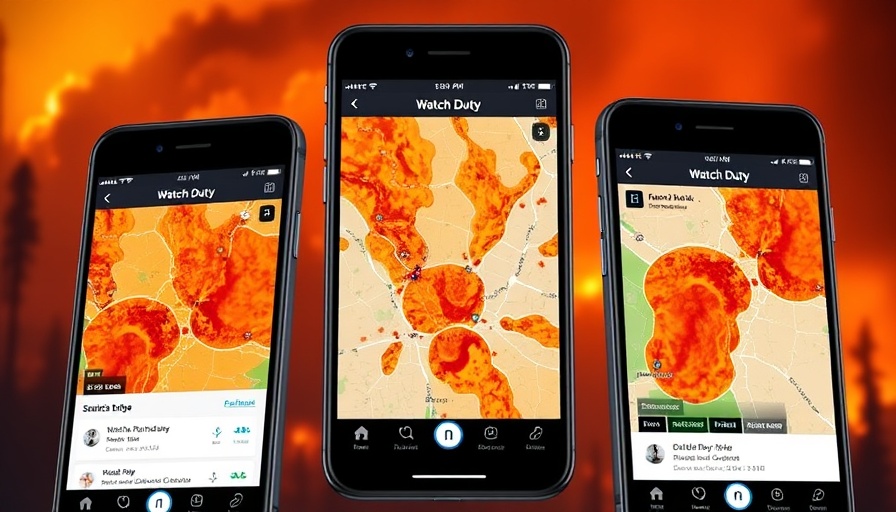
Watch Duty: A Lifesaver in Crisis
In the throes of January's devastating wildfires in Los Angeles, a nonprofit app called Watch Duty emerged as an essential tool, delivering real-time updates and pivotal information. Founded by John Mills, this platform fills a crucial gap in emergency communication, often becoming the go-to resource not just for residents, but also for official fire departments when traditional communication systems faltered.
The Community-Driven Approach
What sets Watch Duty apart is its volunteer-driven framework. With over 200 volunteers and a dedicated staff, the app harnesses live feed from fire service radios and collects data from community members aware of the fires. This grassroots method echoes platforms like Reddit and Wikipedia but functions in real-time. As communities are increasingly impacted by natural disasters fueled by climate change, such initiatives highlight the power of collective effort to enhance safety.
Combating the Challenges of Natural Disasters
As climate-related disasters intensify, maintaining effective communication in crises becomes paramount. During emergencies, conventional systems often fall short. Firefighters rely on real-time collaboration to derive accurate insights from the field, creating a much-needed sense of clarity amidst chaos. By turning to local individuals familiar with the area, Watch Duty builds a dynamic community response that can save lives and mitigate damage.
Turning Technology Into Action
For small and medium-sized business owners, understanding how tools like Watch Duty operate is key to leveraging technology effectively. By analyzing the design principles behind such applications, businesses can identify ways to improve their communication systems and disaster response protocols. Quality information flow not only aids in emergency situations but also fosters trust among customers and communities when proactively communicated.
Be Prepared: Lessons from Watch Duty
As you reflect on your own organizational strategies, consider the power of community engagement in technology adoption. Collaborating with your clients and partners and sharing pertinent information can create a safety net, enhancing your business's resilience during crises. Engage in active dialogues about your services and cultivate a culture of preparedness amongst your team.
To increase your business’s resilience against disasters, leverage community-driven tools and approaches. By fostering open communication and being adaptable, you can not only navigate challenges effectively but also grow stronger with each trial.
 Add Row
Add Row  Add
Add 










Write A Comment